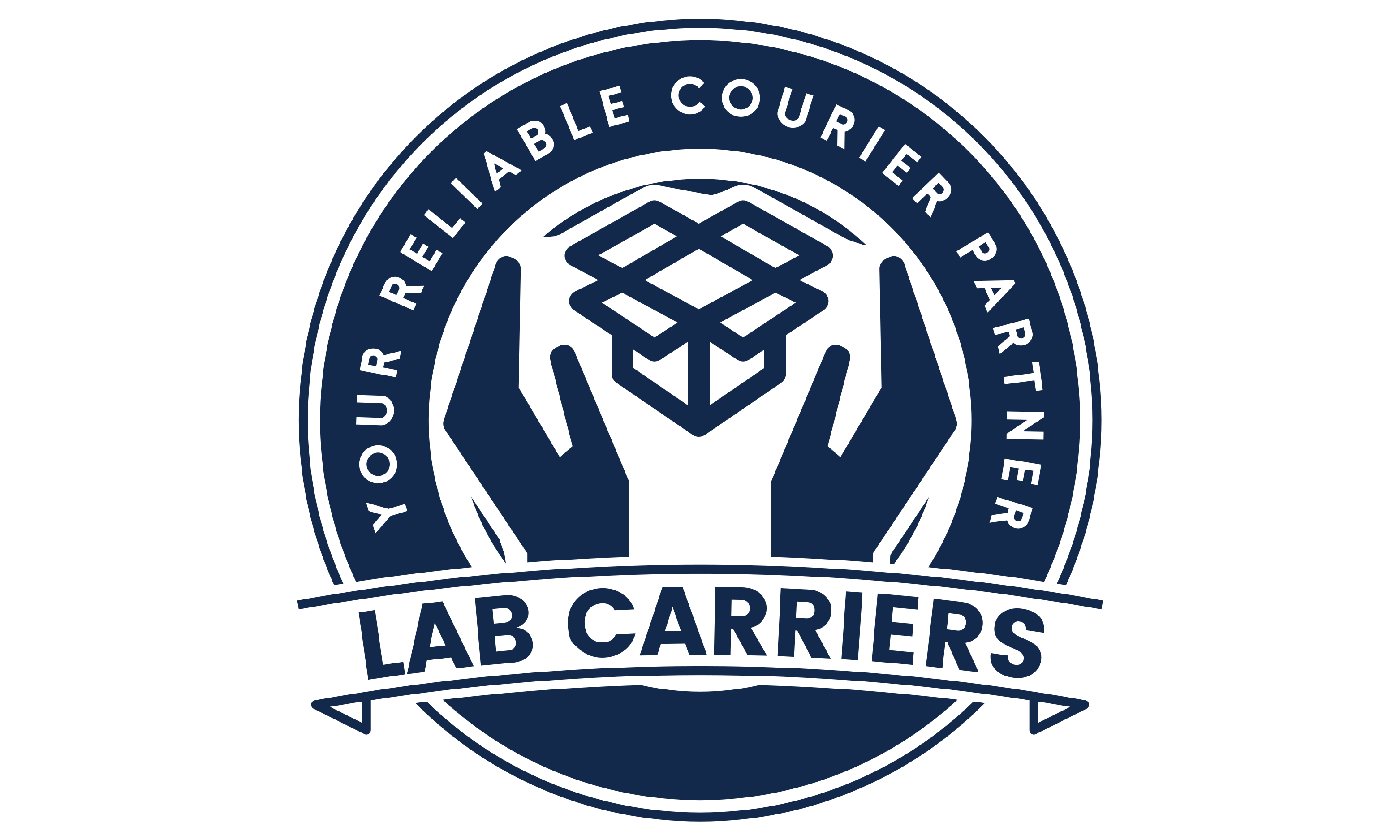Medical equipment delivery refers to the process of transporting various types of medical devices, instruments, and equipment from one location to another, typically within the healthcare sector. This service plays a crucial role in ensuring that healthcare facilities have access to the necessary equipment for patient care, diagnosis, treatment, and medical procedures. Here are some key aspects of medical equipment delivery:
- Types of Medical Equipment: Medical equipment can include a wide range of items, such as hospital beds, diagnostic machines (e.g., MRI, X-ray, ultrasound), surgical instruments, patient monitors, oxygen tanks, wheelchairs, and more. The delivery of these items is essential for patient care and the functioning of healthcare facilities.
- Timeliness: Timely delivery is critical in healthcare, as delays in receiving necessary equipment can impact patient care and treatment. Medical equipment delivery services aim to ensure that equipment arrives when it is needed, reducing downtime and ensuring optimal patient care.
- Scheduled and Unscheduled Deliveries: Deliveries can be both scheduled and unscheduled. Scheduled deliveries may involve routine restocking of supplies or planned equipment installations. Unscheduled deliveries may be required in emergencies or for urgent needs.
- Proper Handling: Medical equipment must be handled with care to prevent damage or contamination. Delivery personnel should be trained in the proper handling, transportation, and setup of medical equipment to ensure its integrity and safety.
- Regulatory Compliance: Healthcare facilities and medical equipment delivery services must adhere to regulatory standards and guidelines related to equipment handling, patient safety, and data security. Compliance with regulations such as HIPAA is crucial, especially when dealing with patient information.
- Specialized Transportation: Some medical equipment may be sensitive to temperature, humidity, or other environmental conditions. Delivery services often use specialized vehicles and equipment, including climate-controlled trucks or vans, to ensure that the equipment is transported under the right conditions.
- Documentation and Tracking: A clear chain of custody is often maintained for medical equipment deliveries. This includes detailed documentation of the equipment’s condition, delivery date and time, and who handled it during the transportation process. Tracking systems may also be used to monitor the progress of deliveries.
- Communication: Effective communication between the healthcare facility and the delivery service is crucial. This ensures that the right equipment is delivered to the right location at the right time and that any special requirements or considerations are addressed.
- Installation and Setup: In some cases, medical equipment delivery may involve not just dropping off the equipment but also setting it up and ensuring it functions correctly. This can be especially important for complex medical devices and equipment.
- Maintenance and Returns: Medical equipment may need periodic maintenance or may need to be returned or replaced. The delivery service may be involved in the return and replacement process as well.
Medical equipment delivery services are essential for maintaining the smooth operation of healthcare facilities, supporting healthcare professionals in their work, and ensuring that patients receive the care they need. These services are typically provided by specialized courier companies or by the healthcare facilities themselves, depending on their size and needs.
